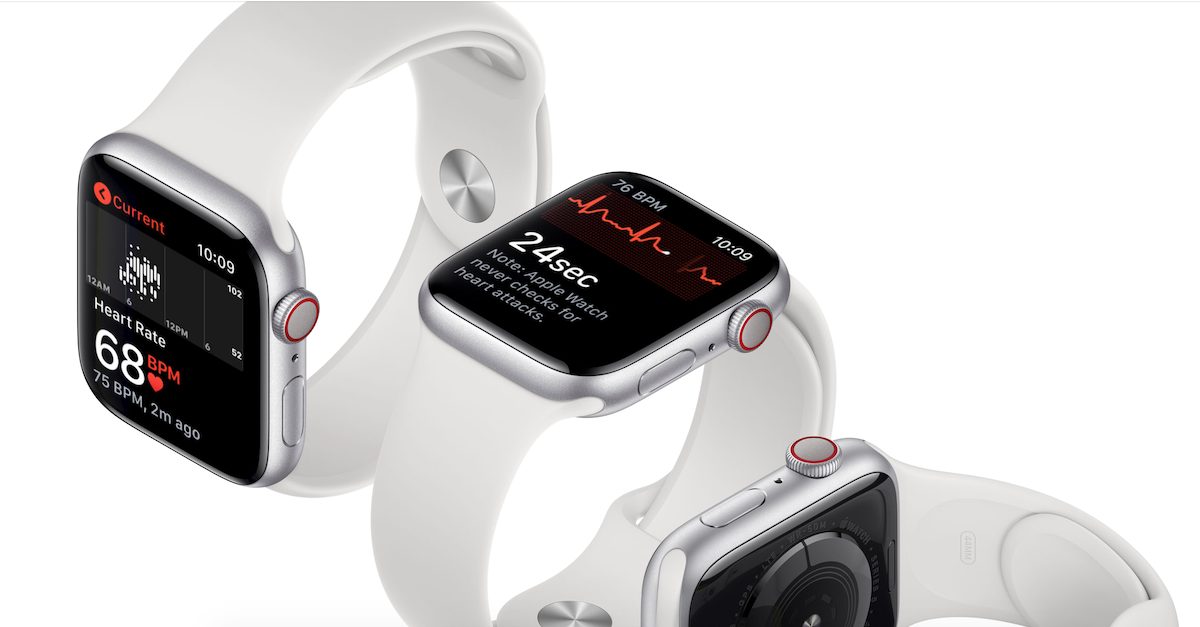

- DETECT DISPLAYS MAC SERIAL
- DETECT DISPLAYS MAC MANUAL
- DETECT DISPLAYS MAC PRO
- DETECT DISPLAYS MAC SOFTWARE
- DETECT DISPLAYS MAC SERIES
We will keep our customers informed once a solution becomes available. While we’re working on a possible solution, we suggest you use the monitor OSD menu or the Hotkey Puck to control each monitor as a workaround and not use the Display Pilot when connecting two monitors with the same model name. Currently, some Mac devices can’t recognize two individual monitors with the same model name, as it will lead to the mismatch error on the Display Pilot. Thus, we recommend connecting the monitor via the Thunderbolt 3 (USB-C) cable or USB-C to DisplayPort cable when using Display Pilot as part of your workflow.Ģ.
DETECT DISPLAYS MAC SERIES
Some Mac devices cannot sync with our PD series monitors when using the HDMI port. However, there are two limitations in the scenarios listed below:ġ. A good starting point would be 1024x768 or even 640x480. The number of displays your Mac supports appears under Video Support or Graphics.
DETECT DISPLAYS MAC SERIAL
Try reducing the resolution and Refresh Rate (in System Preferences -> Display) until you get something on the screen, then work your way up the list again. for a USB video adapter include USB without the driver installed or Graphics and Displays. Go to the Tech Specs page, click the Search Tech Specs bar, press Command-V to enter your computer's serial number, then click Search.

DETECT DISPLAYS MAC SOFTWARE
You’ll have two preference panels: once for your built-in display, and one for your external.BenQ DesignVue PD series designer monitors currently support the Apple M1 and M2 based devices natively when using our Display Pilot software with version 1.0.9.5 or later. This most likely means the Mac is outputting a video mode that the screen can't display.

You can also hold the “Option” key and the preference pane’s Gather Windows button will transform to Detect Displays, which may do the trick if your display’s input source is correctly configured and the cable is tightly connected. I already tried the restarting and other guides that I got.
DETECT DISPLAYS MAC PRO
I am using an HDMI to USB-C connector and it works in my macbook pro 2019 but not the M1. I just got my MacBook Pro M1 (8GB/512GB) today and when I tried connecting the external monitor, it does not detect it. For a MacBook Pro that has a working built-in display, the obvious choice is the Last one - to hold the Option key in Displays preferences and look for the appearance of the (Detect Displays) Button and click on it.
DETECT DISPLAYS MAC MANUAL
Read through your monitor’s product manual for more information if the problem persists, and also make sure to check your cable’s connection, to assure it hasn’t come loose. Macbook Pro M1 cannot detect external display using HDMI to USB-C connector. on invoking Option-(Detect Display) button in Displays preferences. While most will autodetect your Mac with few problems, you may have to manually press the “source” (or similar) button on your monitor until you reach the right one-kind of like you do on your HDTV. There you will see the arrangement of your monitors in blue color including the MacBook screen. From the next screen, go to the Arrangement tab. From the System Preferences window on Mac, click on Display settings. Newer monitors typically have two or more display connections. First, click on the Apple icon on the menu bar and open System Preferences. If your Mac’s desktop doesn’t appear on your second monitor, make sure it is detecting it. Head to System Preferences > Displays on your Mac.

But there are several configuration options you should know about. Then connect it to the MBP while the MBP is asleep or shut down, and test again. When I go to system settings/display/it says hold down option for 'detect displays' but that doesn't work. I tried connecting my dell monitor, but the macbook just does not detect it. In the Resolution section, select the radio button next to Scaled and then press and hold down the Option key. Turn the monitor on, give it a minute or two to warm up and go through whatever attempts it makes to find a connected input source, and when it's clear that nothing further is happening with it, turn it off again. I bought a usb c dongle with an HDMI output. From System Preferences, choose Displays. 'Detect Displays' is handy if you use different projectors, monitors, and the like if something seems wonky or if a display just won't work properly, this feature is a great way to force your Mac. Once you have your monitor connected to your MacBook, it’ll likely show your Mac’s screen immediately. Check Your Display Preferences Click the Apple icon in the upper left corner of your Mac's menu bar and select System Preferences. Go to Apple menu in the top left corner of your Mac' screen, click on System Preferences and choose Displays from all the list of options.


 0 kommentar(er)
0 kommentar(er)
